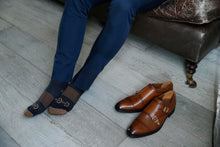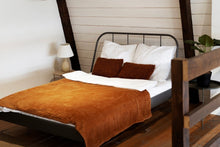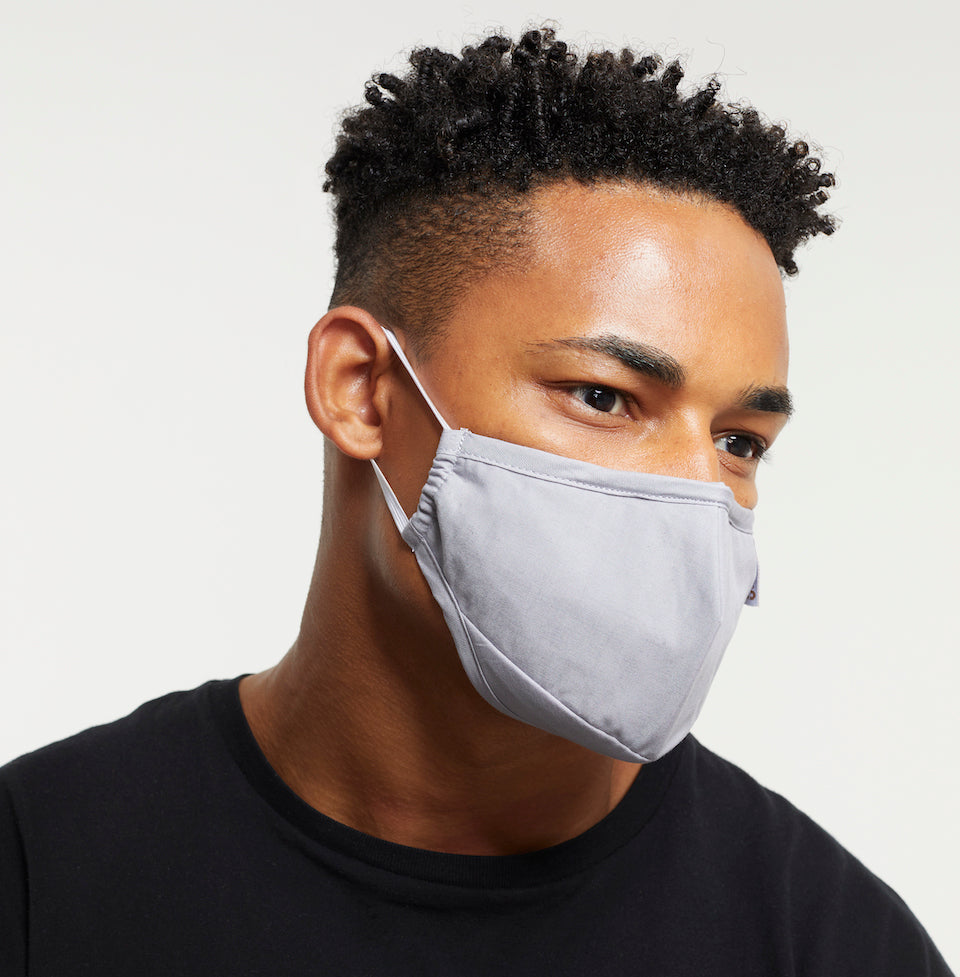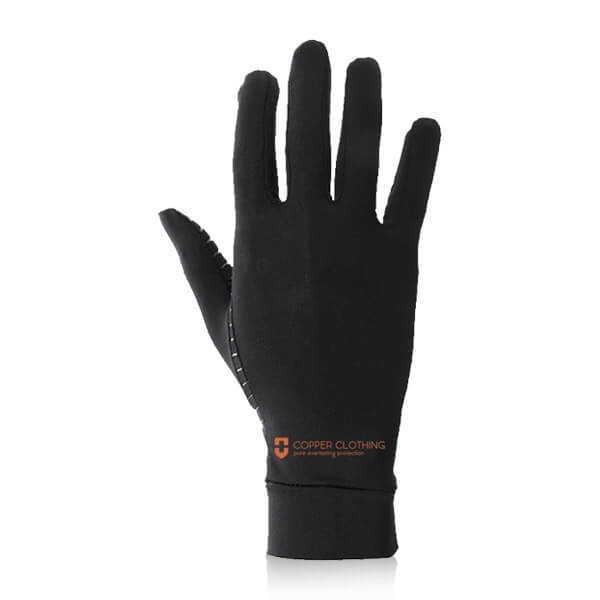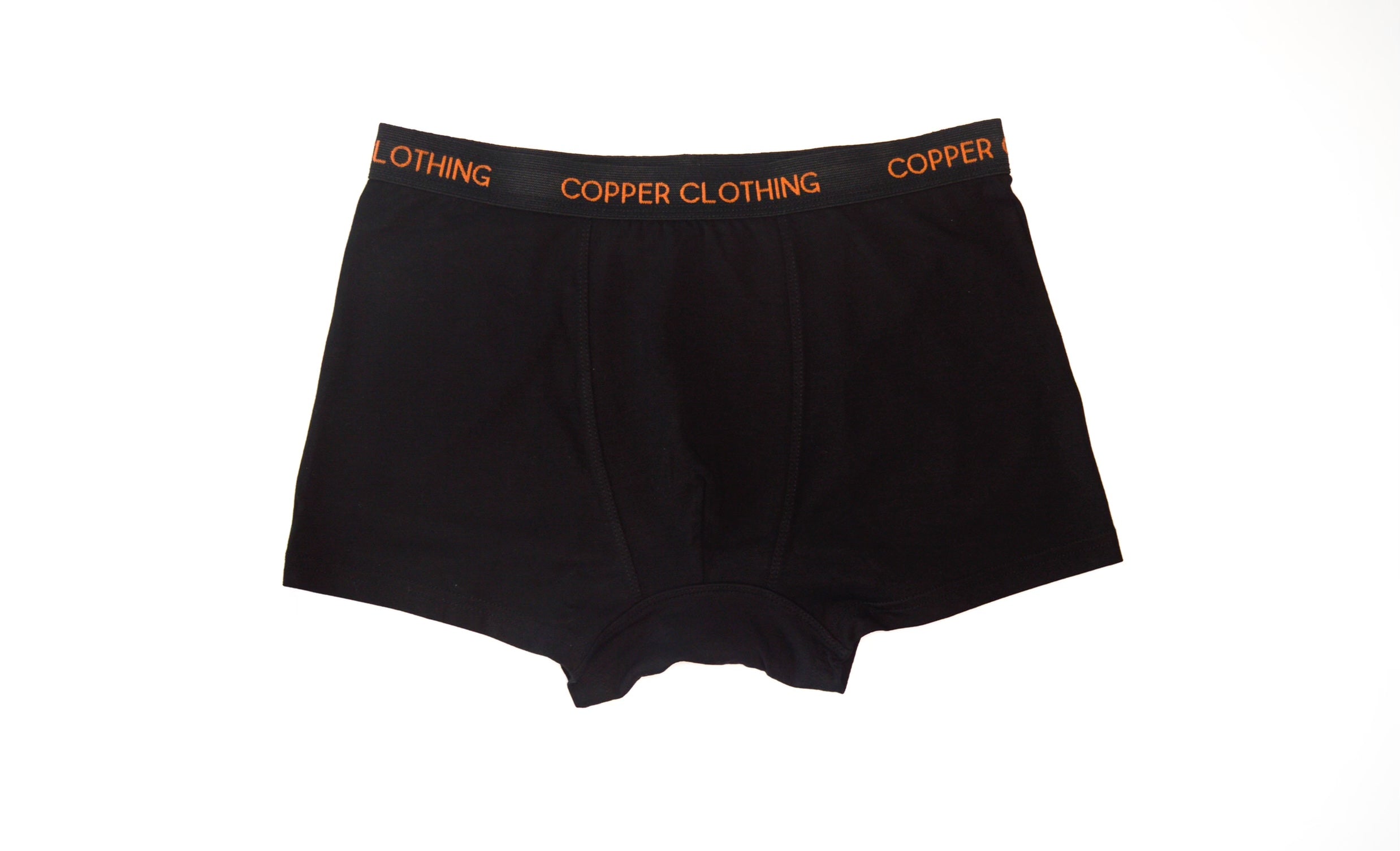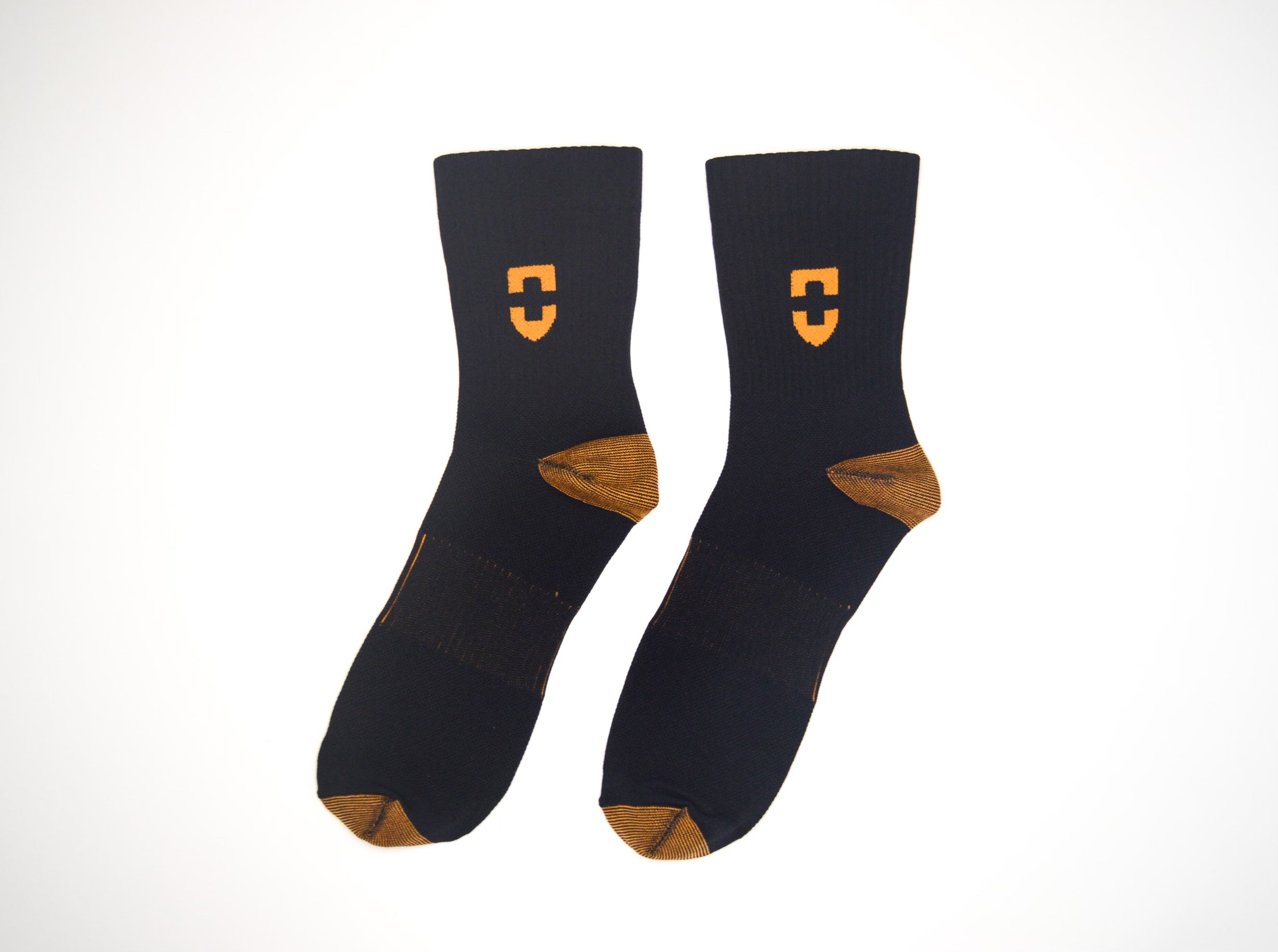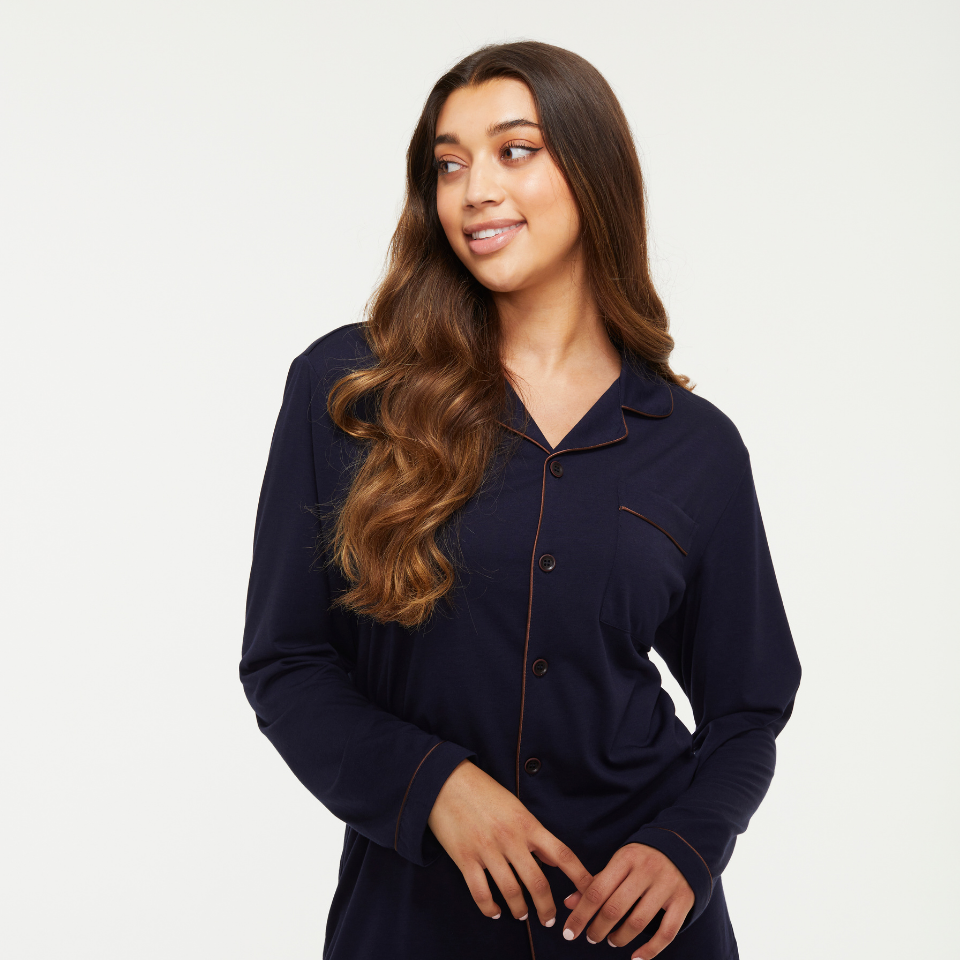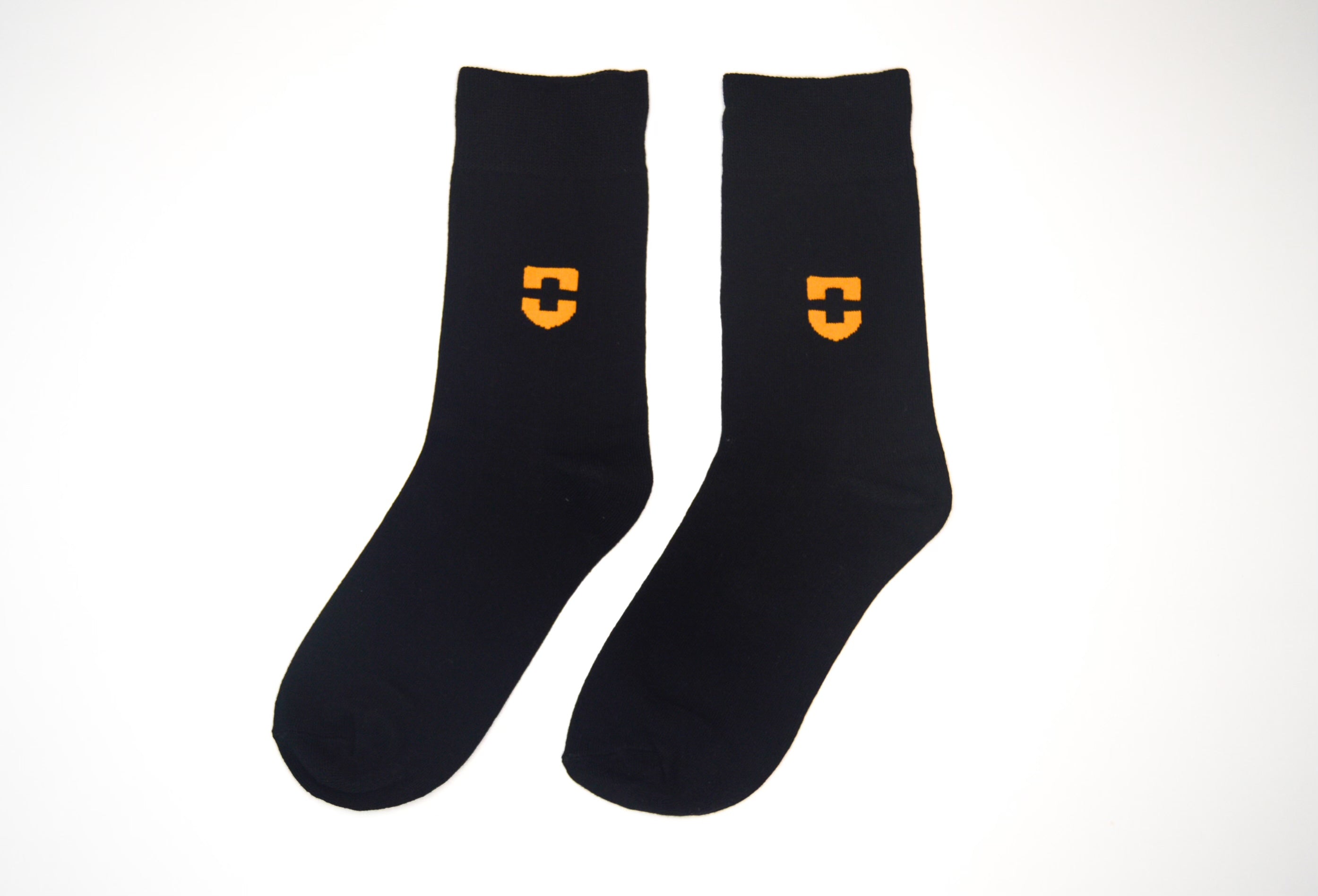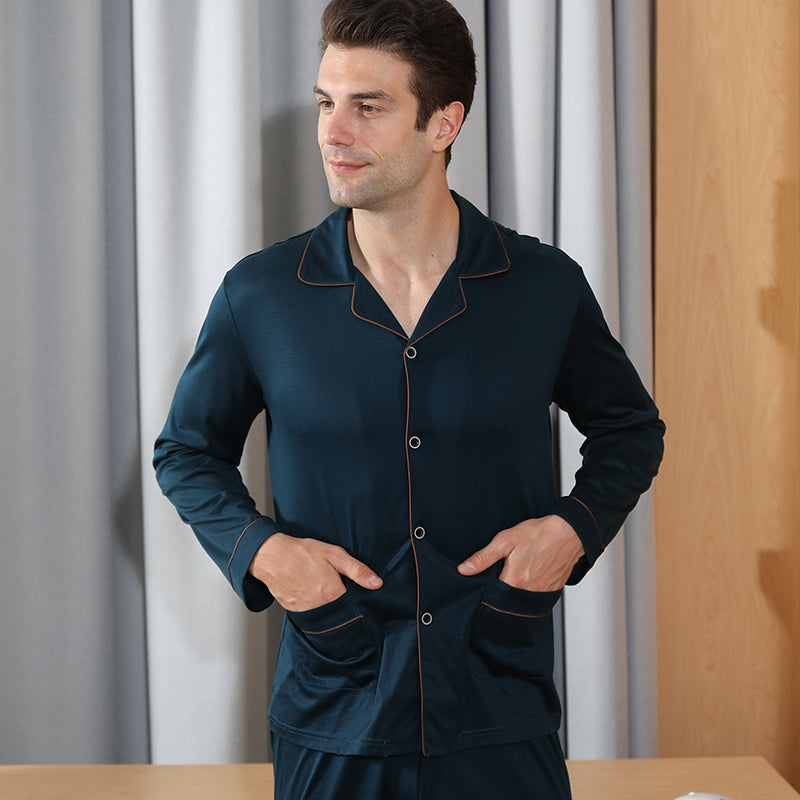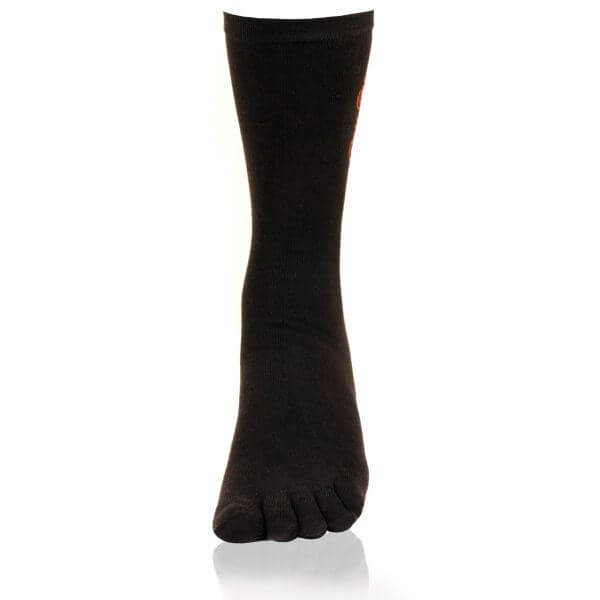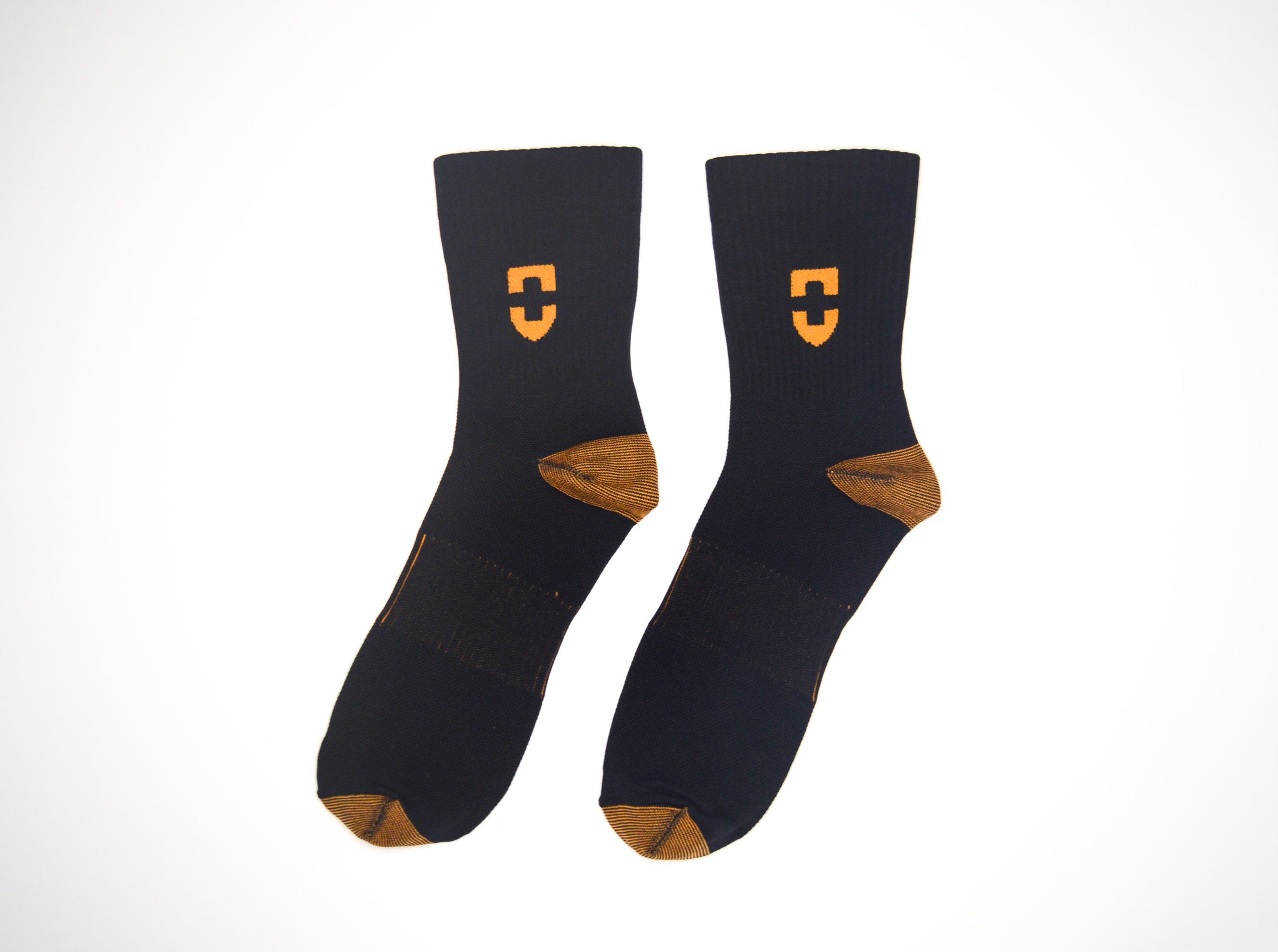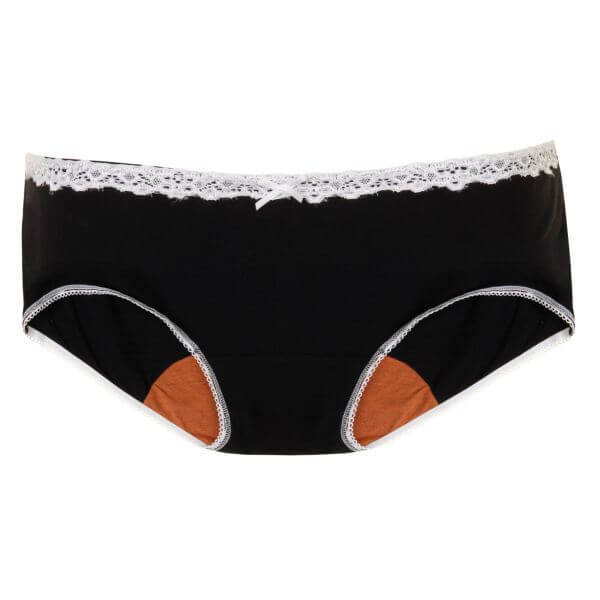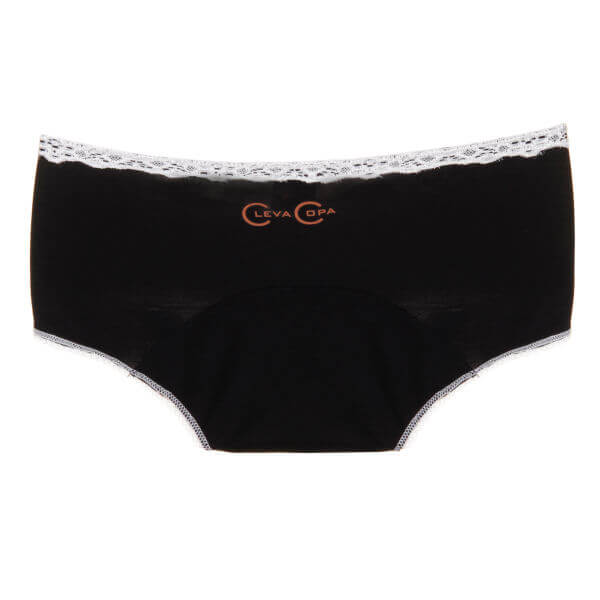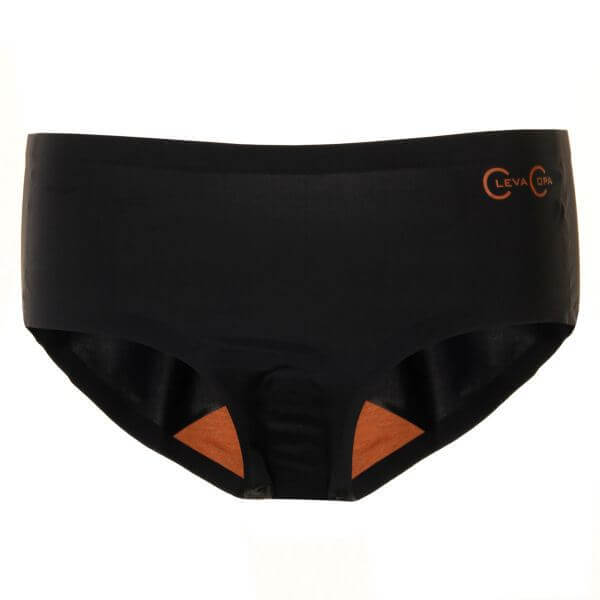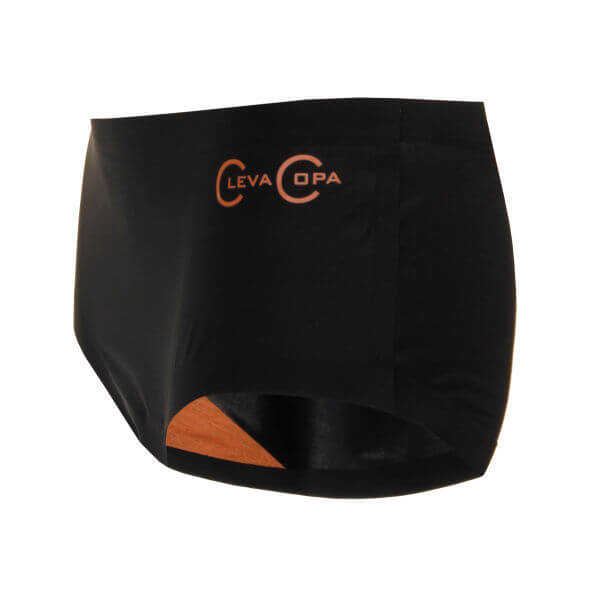Side Effects of Wearing Compression Stockings: What You Need to Know
Published
July 27 2022
Yes, compression stockings or socks have the potential of causing blood circulation issues, skin irritation and skin diseases. However, the side effects of wearing compression stockings occur if you don’t use them correctly.
However, many professionals, including nurses, pilots, flight attendants, and athletes, benefited from the healing effects of compression stockings or socks. People with a risk of blood clots like deep vein thrombosis (DVT) and pregnant women also swear by the relief compression stockings or socks provide.
So who may not be the right person to wear compression stockings or socks? Or what circumstances can lead to side effects of wearing them? Let’s address all these, highlighting the basics of wearing compression stockings correctly.
What are the Side Effects of Wearing Compression Stockings or Socks?
Compression stockings are generally safe and helpful, but a few people may experience mild side effects, especially if the socks don’t fit well or are made of materials that cause an allergic reaction. Choosing high-quality, properly sized stockings usually prevents these issues.
1. Skin Itching, Redness, or Irritation
Some materials or dyes used in low-quality compression socks can irritate the skin and cause itching or redness. To avoid this, choose socks made from fabric that feels comfortable on your skin and doesn’t cause rashes.
2. Restricted Circulation
Many people think compression socks might block blood flow, but that’s not true when they fit properly. In fact, well-fitted compression stockings improve circulation by gently helping blood move upward through your legs.
3. Bruising or Chafing
If your compression socks are too tight or made from poor-quality materials, they can lead to bruising, rubbing, or irritation with long use. Always pick the correct size and smooth out any wrinkles when putting them on.
4. Leg Achiness After Wearing
Your legs should feel refreshed after removing compression socks. If they feel sore or achy instead, it may mean the socks are too tight, and you should try a different size or compression level.
How Do You Wear Compression Socks to Avoid all These Side Effects?
Remember these best practices for safely wearing compression stockings or socks to enjoy their full benefit without any side effects.
- Change your compression socks with the change in your weight to get the right fit.
- Change the socks daily, so they don’t get stuck to your skin. Also, clean the ones you removed and always wore a clean pair of socks.
- Keep a check on any changes in your skin, like redness, dryness, or dents.
- Don’t wear the socks after you’ve roughly worn them 30 times. Otherwise, dispose of them if you notice them losing the stretch.
- Get a professional's advice for adequately fitting compression socks.
- The instructions provided by the socks manufacturer and your physician areessential. Follow them diligently.
- Always hand wash the socks gently and hang them to dry.
How Do You Choose the Right Compression Stocking or Socks?
When choosing the fabric of compression stockings or socks, it’s recommended to prefer copper compression socks because of the natural anti-microbial properties of copper. The copper ions are inserted into the yarn of the copper compression socks on a molecular level.
Copper can also destroy all the bacteria, fungi, and viruses that come in contact. Copper ions also control the inflammation and sweatodour. So why not add these natural healing properties of copper to already beneficial compression socks!
ultimate guide to copper compression socks
What are the Conditions That wearing Compression Stockings helps?
As mentioned earlier, compression stockingor socks prevents the chances of blood pool and clots in lower limbs. So they are beneficial in dealing with the following conditions:-
- Shin Splints: The swelling and pain caused by shin splints are challenging to deal with. Compression socks are highly beneficial for reducing the uncomfortable symptoms of this disease by increasing blood circulation and providing support to the veins.
- Spider Veins & Varicose Veins: Compression stockings or socks suppress the pressure and pain of varicose veins by regulating blood circulation.
- Lymphedema: You get the right and controlled amount of pressure on your legs through the stretching material of compression socks which massages your legs naturally and helps in the movement of lymphatic fluid.
- DVT: The DVT blood clots are prevented and reduced by the compressing effects of compression stockings or socks as it promotes healthy blood flow in the legs by applying the correct compression.
- Diabetes: Diabetes affects your feet badly. It’s common to get ulcers and oedema on either foot. These conditions can be prevented, and some relaxation can be provided to diabetic people's feet by wearing compression stockings or socks.
- Peripheral Oedema: This condition can't be cured entirely by wearing compression socks. However, the intensity of peripheral oedema can be reduced by the healthy blood flow in the legs and feet due to compression socks.
- Plantar Fasciitis: The inflammation, muscle damage, and pain caused by plantar fasciitis can be significantly reduced with the help of compression stockings. These socks provide the much-needed correct alignment to the feet during plantar fasciitis.
- Athlete's Foot: Athletes also enjoy the comfort of compression socks while practising and performing as they fit close to the skin. They also absorb the sweating on your feet.
- Pregnancy: Pregnant women with hormones flooding their body and expanding uterus also benefit from compression socks in terms of relief from leg cramps and pain.
- Demanding Professions: Compression stockings or socks provide relaxation from leg pain, discomfort and fatigue to people with no other health issues but are employed in demanding and tiring professions.
Do you need to sit for long hours? Need to stand for hours on a stretch? Or need to walk a lot? Compression stocking or socks can work in all these circumstances.







